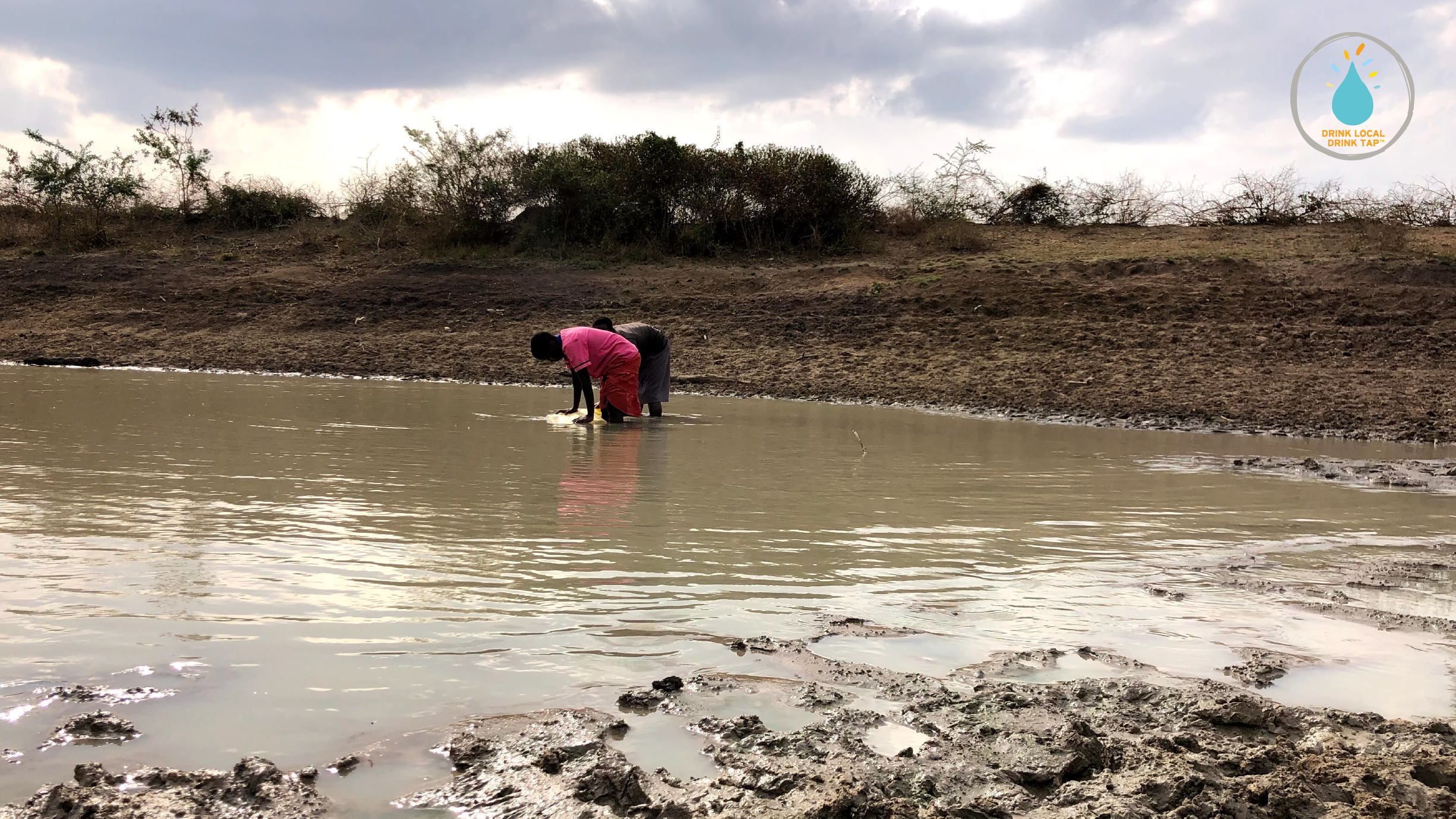This website uses cookies so that we can provide you with the best user experience possible. Cookie information is stored in your browser and performs functions such as recognising you when you return to our website and helping our team to understand which sections of the website you find most interesting and useful.
News
How Water Access Contributes to Quality of Life
Water is an essential component of living a healthy life. Sure – on the surface we need to consume water to live. But the impact water has on a person’s life is actually much greater; there’s more at stake than just a person’s health when they don’t have consistent access to clean drinking water.
“When people don’t have equitable access to clean water, they also don’t have access to opportunities,” said Erin Huber, Drink Local Drink Tap (DLDT) Founder and Executive Director. “Women in Africa use over 40 billion hours of their life annually just hauling water.”
Like most Americans, we don’t have to worry about where our water is coming from – it’s flowing from our faucets, and readily available for showers, drinking, cooking, etc.
But in many African countries, access to clean drinking water is not as simple as turning on your tap – often, rural people walk an average of 4 miles a day to find, collect, and haul water that may not even be safe to drink. Sources are open, shared with animals and vary in availability with seasons.
The hours-long trek often prevents these individuals from being able to go to school or work. And as is custom in Uganda and many African countries, it is often the woman’s or girl’s job to fetch water for the family. Huber explained that when you install a clean, safe water source in these communities, you see the residents’ health and school attendance improve immediately. In addition, safety is improved, especially for females who can get attacked along their walk for water.
That’s where Huber’s nonprofit DLDT comes in. This nonprofit works domestically to educate and advocate for clean, safe, affordable drinking water for all, while also building and rehabilitating water sources abroad in Uganda. Their mission is two-fold:
- To be good stewards of the water we have, as an environmental and sustainability issue,
- And to ensure people have more equitable access to it to meet their basic needs, a human rights issue.
Ensuring a 100% Success Rate
It’s one thing to create water access in a community where it’s been inaccessible. But it’s another thing entirely to ensure the continued access and supply of water. This is what sets DLDT apart from others. Even local district governments appreciate the thoroughness and quality of work and monitoring.
On average, 80% of water projects fail in the first two years. But 100% of DLDT’s projects are fully functioning. “It’s about adding value and durability, and not just getting a project done,” Huber said.
To date, DLDT has provided more than 30,000 Ugandans with safe drinking water. From their first moments in existence, DLDT has focused their construction efforts on drilling boreholes and building rainwater collection systems where no access existed previously. On a typical project, Huber and her Ugandan team would meet with village leaders to understand their specific needs, while evaluating their readiness for getting water access. Building and maintaining a cost-effective borehole to provide long-term clean water access is no simple task and requires a high degree of technical aptitude, as well as access and expertise related to the proper equipment and materials. DLDT focuses much of their initial readiness assessment on the aptitude of the local stakeholders, to ensure that the learning process will result in a sustainable outcome.
Leading up to the installation of these water sources, she works with community leaders to get buy in and set expectations. By gathering a group of community members, including village councilmen, district water engineer, an equal male and female, teachers, and students, and even signing a memorandum of understanding, everyone in the village can play a role and feel invested in these projects.
As you’d probably imagine, the proper material is crucial to ensuring the longevity of these projects. DLDT needed something durable, cost-effective, and required little maintenance. In part 2, learn more about why PVC proved to be the best material for the job. Click here to read more.


